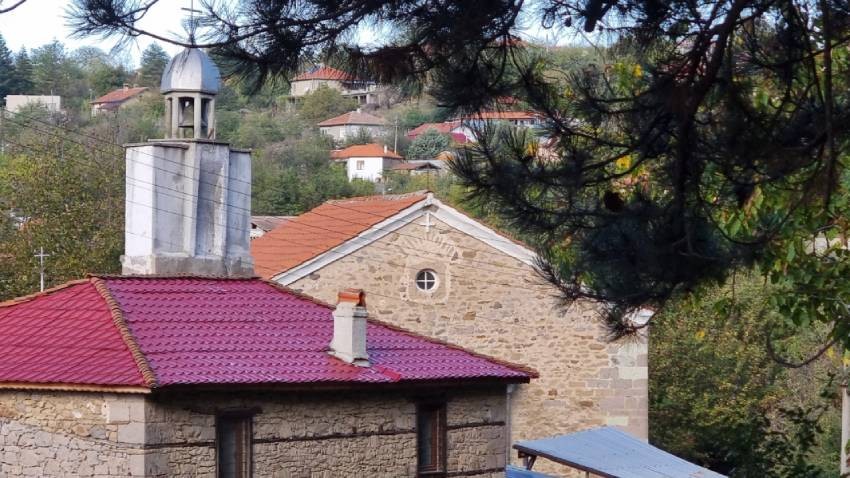In the village of Pchelarovo, nestled among the slopes of the Eastern Rhodopes, there is a legend that ancient oak forests and walnut trees once thrived in the area and that wild bees inhabited their hollows. Beekeeping has long been a livelihood for the locals, as the name of the settlement itself indicates. A five-century-old Scots pine attracts the attention of visitors. It stands nearly 25 meters tall, has a trunk circumference of 3.50 meters, and was declared a protected natural site in 1984.

The ancient tree is marked with a sign and the local municipality has taken initial steps to enhance the area, said BTA. The pine is one of the tourist attractions in Pchelarovo. Another local pride, the church of "St. Petka’’, is located about 50 meters away from the pine tree. It was built in 1876 and was declared an architectural and artistic monument of culture on May 19, 1992.
Photos: BTA‘In my view, the period between Bulgaria’s liberation and 1944 was especially significant because I believe that the country was then on the right developmental path,’ says collector Filip Milanov. ‘That era produced many people of exceptional integrity..
The village of Hotantsa, near the Danube city of Ruse, is hosting the Hotantsa Sarma Festival , a celebration of Bulgaria’s culinary and folk heritage. Organised by the local cultural and community centre ( chitalishte ) Svetlina-1928 , the festival..
He does not accept the definition of "apostle" or "missionary", although for many he is exactly that - a messenger of God in the world, proclaiming His Word. He first became a priest in his native Vidin diocese, in Northwestern..
Minister of the Environment and Water Manol Genov has granted two centuries-old trees – each of which approximately 200 years old – protected status,..
Bulgarian compatriot Nina Vasileva-Zaneshev is one of the examples among the diaspora abroad, who give us confidence that wherever they..

+359 2 9336 661
